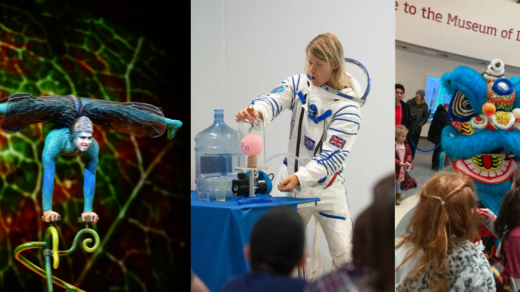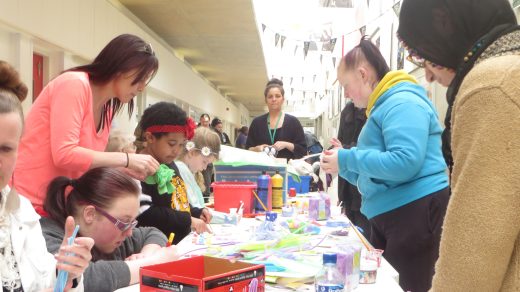Students being warned not to confuse hangover symptoms with CO poisoning

Students heading off to university are being warned by St John Ambulance not to confuse hangover symptoms with deadly carbon monoxide (CO) poisoning, after new research finds young people could be at more risk.
Dubbed the “silent killer” because it’s difficult to detect a dangerous leak – you can’t see, smell or taste it. CO poisoning causes symptoms like headaches, dizziness, nausea, and fatigue – easily mistaken for a hangover, or even ‘freshers’ flu’ – the battery of illnesses usually contracted by new university students.
As thousands of university students move into new accommodation, medical director for St John Ambulance, Dr Lynn Thomas, is urging young people to make sure their homes are safe, and to know the symptoms so they can spot carbon monoxide poisoning quickly.
A recent study conducted by gas company Cadent found young people (aged 18-34) are less aware of the dangers of carbon monoxide and were confused about the key symptoms to look out for – with many wrongly believing that CO emits a distinct smell.
It also found they were less likely to own a carbon monoxide detector and were also hesitant about the necessity of them.. Many of the respondents felt they already had sufficient protection in place or believed further research was needed to warrant one in their home.
Each year in the UK, around 40 people die from CO poisoning, with a further 4,000 taken to hospital. But these deaths and illnesses are preventable. St John Ambulance is working with Cadent to raise awareness amongst young people and to ensure carbon monoxide detectors are in every student home – hoping to help prevent more avoidable deaths.
Medical director for St John Ambulance, Dr Lynn Thomas said: “It’s so important for new students, or those returning to university, are cautious of the dangers of carbon monoxide (CO) poisoning.
“When moving into a new home it’s essential to make sure it’s safe and make sure your landlord has put carbon monoxide detector in every location with a gas appliance or fireplace – and vitally, that they’re working properly. Also, make sure your gas appliances have passed their annual gas safety check – you should receive a copy of this before you move in.
“But most of all, make sure you’re aware of the signs and symptoms – headaches, dizziness, nausea, and fatigue – and share this with your new roommates – so you can look out for one another. Remember if you suspect it could be CO, get out into fresh air immediately and call 999.”
To help raise awareness of the dangers, St John Ambulance Student Volunteers in partnership with Cadent will be running awareness sessions for students, as well as handing out free carbon monoxide detectors at university campuses across the country.
National student volunteering manager, Keagan Witts, added: “Starting university is a really exciting, but often daunting time, with lots going on.
“I know carbon monoxide safety will be the last thing on every students mind, but that’s why our student volunteers will be at freshers’ fairs at universities and doing everything we can to spread awareness of this preventable killer, as well as teaching skills to keep students and their friends safe throughout university.”
For more information on the signs and symptoms of CO poisoning, what to do in an emergency, or for more information on how to get involved in volunteering as a student volunteer at university, click here.
Image from Andrea Piacquadio on Pexels







